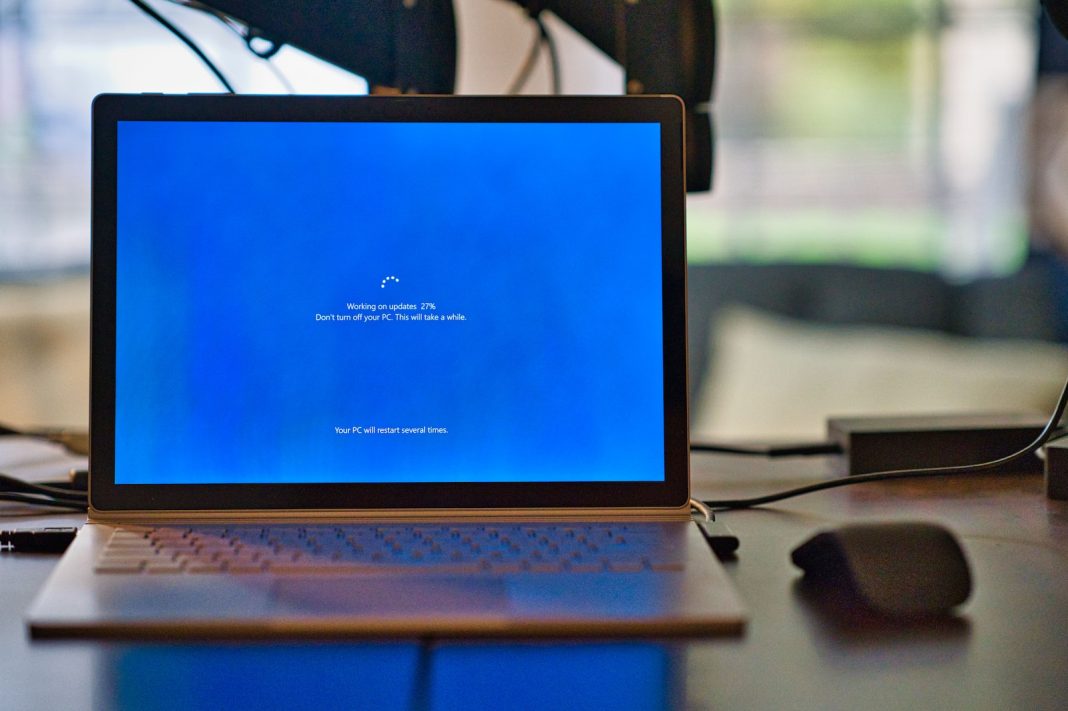As the clock ticks down to the October 14, 2025, deadline for the end of support for Windows 10, users find themselves at a crossroads, grappling with a mix of good and bad news from Microsoft. The expiration of support traditionally marks the cessation of new features and, more critically, the discontinuation of security patches, leaving users exposed to potential vulnerabilities. However, a new development reveals that users now have the option to extend support – but it comes at a price.
In a recent blog post, Microsoft acknowledged the upcoming end-of-support for Windows 10 and introduced a novel approach to bridge the gap between the current version and the much-anticipated Windows 11. The extended support options are not limited to businesses this time; even individual consumers can now opt for an Extended Security Update (ESU) for a fee, marking a departure from past practices.
“While we strongly recommend moving to Windows 11, we understand there are circumstances that could prevent you from replacing Windows 10 devices before the EOS date. Therefore, Microsoft will offer Extended Security Updates,” the blog post stated.
The Extended Security Update is not an unfamiliar concept for businesses, but extending this option to individual users is a notable shift. The ESU provides subscribers with critical and/or important security updates on a monthly basis, ensuring that Windows 10 PCs remain secure. However, this does not include new features or any customer-requested security improvements, and notably, technical support will not be provided.
The business-oriented ESU program operates on a yearly subscription model that is renewable for three years. During this period, enrolled devices receive monthly security updates to mitigate potential risks. The question that looms large is the cost associated with this extended support, a detail that Microsoft has yet to disclose. The company’s affinity for subscription models suggests that users should brace themselves for an additional financial commitment to secure their Windows 10 devices beyond the end-of-support date.
Notably, Microsoft’s stance encourages users to migrate to Windows 11, the latest iteration of its operating system. However, the ESU provides a safety net for those facing constraints in transitioning to the new platform immediately. The move to offer extended support to consumers underscores Microsoft’s recognition of the diverse circumstances that may hinder the prompt migration to Windows 11.
While the ESU program offers a security lifeline, it is not without its limitations. Users opting for this extension will miss out on new features and improvements, and the absence of technical support adds an element of self-reliance. This marks a departure from the traditional support structure where users could turn to Microsoft for assistance with technical issues.
Businesses subscribing to Windows 365, Microsoft’s cloud-based Windows solution, will automatically receive Windows 10 ESUs. However, this convenient loophole does not extend to individual consumers, reinforcing the distinct approaches for business and personal users.
As the industry awaits further details on the cost of the Extended Security Update, users are left to weigh the benefits against the financial implications. Microsoft’s decision to extend support for Windows 10, even at a cost, may offer a viable solution for those navigating challenges in adopting Windows 11 promptly.
In conclusion, the upcoming end-of-support for Windows 10 introduces a new chapter for users, presenting both challenges and opportunities. Microsoft’s introduction of Extended Security Updates for consumers represents a noteworthy shift in its approach, acknowledging the varied circumstances that users may face. As users deliberate on the path forward, the looming question of the associated costs adds an element of uncertainty to the decision-making process. The extended support offers a lifeline, but users must carefully consider the trade-offs before committing to securing their Windows 10 devices beyond the support deadline.


